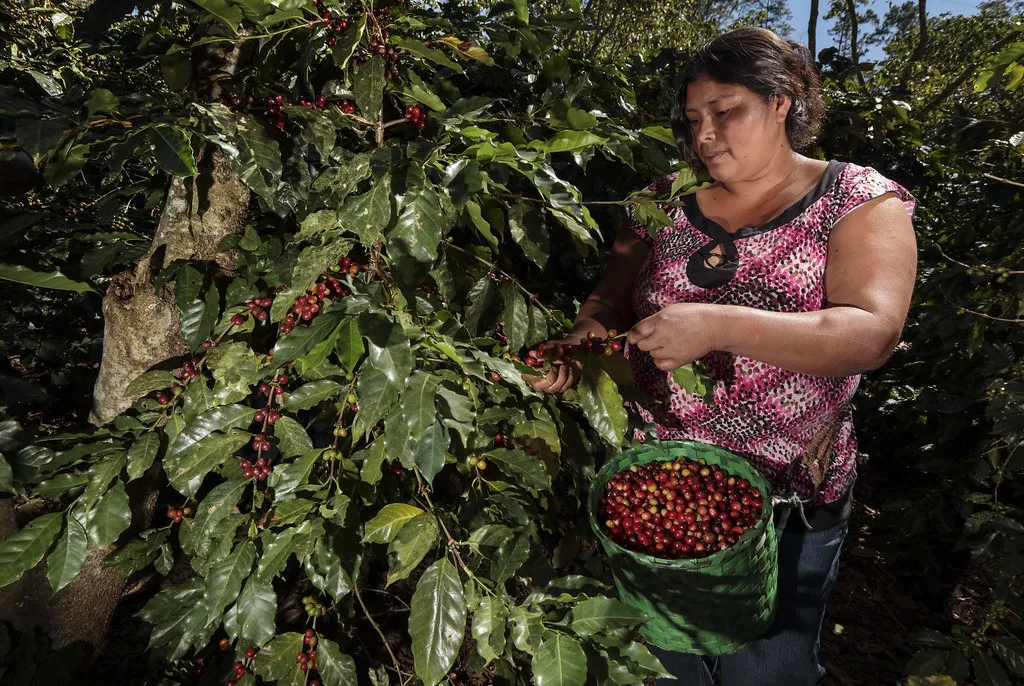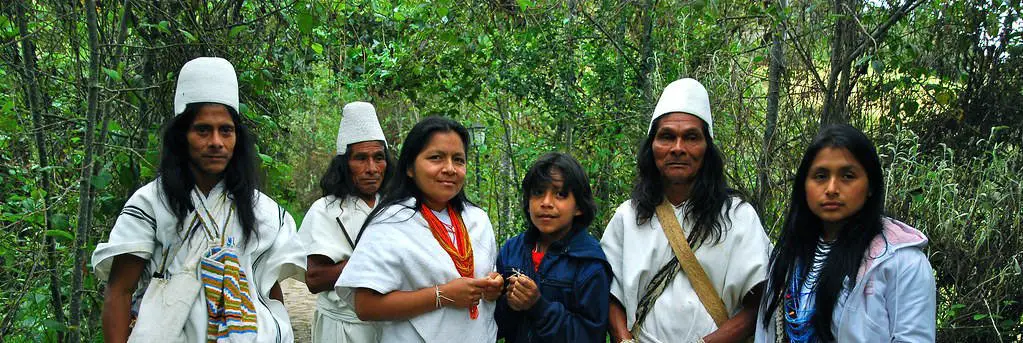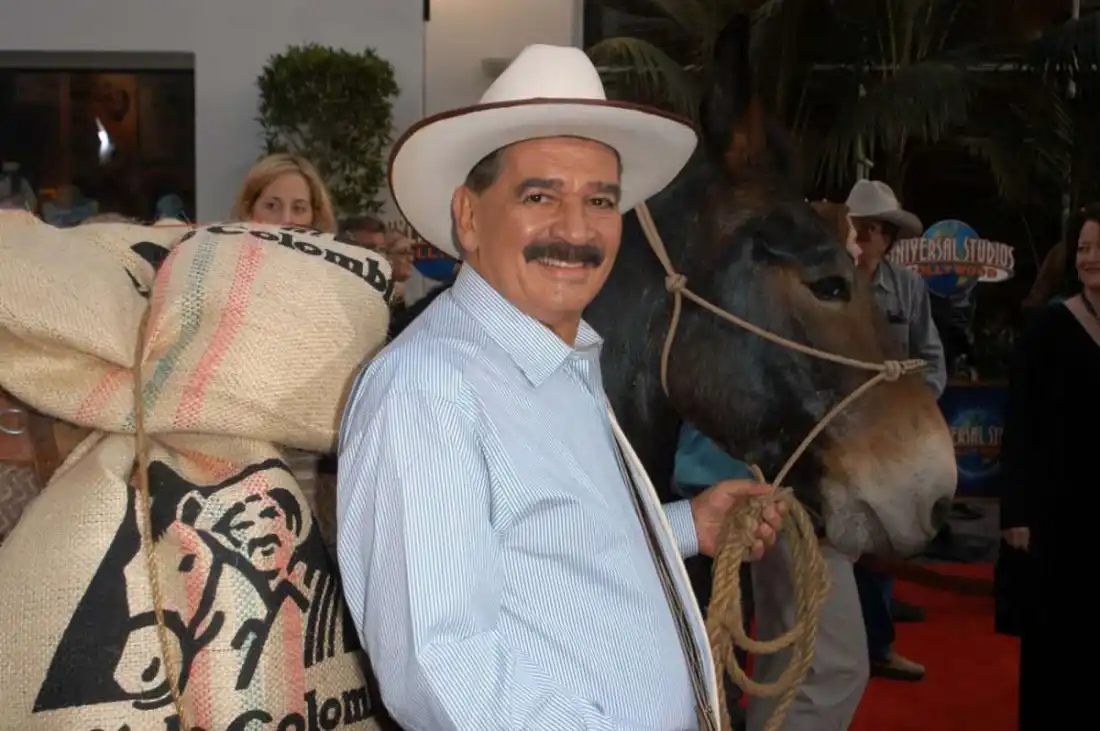Costa Rica Coffee – one of the best premium coffees
Costa Rica is very well known among coffee lovers around the world for its delicious coffee, even though this little country doesn’t even make it into the list of the top ten producers in the world in terms of quantity. With a production of about 90,000 metric tons in 2015/16, it just ranks no. 15. This does not come as a surprise; the country has not even the size of West-Virginia and a population of close to five million. The coffee production is less than half of the third largest producer Colombia, but relative to its size it produces more than double per km2 than Colombia. And more than 60% of its coffee is exported.
Most of the classic Costa Rican coffees are mild and with a pleasant acidity. They can be enjoyed at any time of the day, for breakfast or in the afternoon to accompany some cake or pastry.
But what is it that makes this coffee so special that Costa Rica coffee is regularly ranked highly among the top quality proveniences?
Three main reasons for quality
The major reason for the outstanding quality of Costa Rica’s coffee is of course nature. Costa Rica is blessed with ideal growing conditions. Fertile and mildly acidic volcanic soil contributes to the flavor and quality. The cooler climate at the higher elevations and the right amount of rain at the right time are beneficial as well. Coffee grown at higher altitude produces harder beans which contain less moisture and which are considered to be superior. Over 80% of the coffee is grown between 800m (2,600ft) and 1,600m (5,200ft) above sea level. A few plantations even go as high as 2,600m (8,500ft).
This relief map shows the mountainous area which is home to many coffee plantations.
Another good reason is that the former Spanish colony started with Coffee Arabica which was introduced from Ethiopia in the late 1700s. After gaining independence from Spain in 1821, Costa Rica continued to promote the production of coffee by giving land to prospective coffee farmers, making it the first country to develop a vibrant coffee industry in Central America. For decades to come, coffee remained at the center of the economy and the main export item. Coffee exports were even taxed The coffee industry became the main contributor to financing the development of the country and its infrastructure. Besides its economic impact, coffee also became a significant element of the country’s culture.
And third, the Costa Ricans understood how to protect the reputation and high standards of Costa Rica Coffee. To this end, the government introduced a law in 1989, prohibiting the planting of lower quality coffee species like robusta and others. Only coffee arabica with its cultivars, mainly caturra and catuaí, are permitted. Since 2001, the coffee industry is represented by the Instituto del Café de Costa Rica, ICAFE, which provides research and guidance to its members and sets standards for maintaining quality. It is financed by an export tax on green coffee of 1.5%. Their stated emphasis is on quality, not quantity.
Main Production Areas
ICAFE lists eight main production areas. They are Brunca, Turrialba. Tres Rios, Orosi, Tarrazú, Central Valley, and Guanacaste. You can find many single-origin and estate coffees.
Best known among them is Tarrazú which. Coffee from this area is marketed by various retailers, both local as well as international companies. This label is so famous across the globe that even a very dedicated and popular coffee shop in Phnom Penh, Cambodia is named Tarrazu Cafe.
Like everywhere else in Costa Rica, there are many family-owned plantations in the Tarrazú area. In most cases, the quality is excellent, though there may be variations between the farms. One of the better knowns is Hacienda La Minita, a fairly large operation producing coffee of
Coffee in this area is grown at a minimum altitude of 1,200 m (4,000ft) and qualifies for the highest grade SHG (Strictly High Grown, minimum altitude 3,900 feet). The coffees from this area are mostly full-bodied and are pleasing the palate with complex aromas.
But also in the other regions, you can find great coffee, either from family-owned haciendas or cooperatives. The list is very long. Often, small family haciendas can’t handle the milling of the coffee as well as packaging and shipping. This is where the cooperatives step in.
From harvest to export
Seasonal workers handpick the coffee berries from the trees which is very
The beans are then spread out and dried in the sun or in a tumbling dryer until the moisture level drops to about 11%. After that, the beans are sorted according to size and shape. At the end of the process, the parchment which still covers the beans is removed. The final result is green coffee ready for export.
Is high grown coffee preferable?
High grown coffee, from above 1,200 m (4,000ft) fetches higher prices in the market. This is not only because the yield at higher elevations is lower and more labor cost is involved. The higher altitude also produces a more desirable taste profile.
At higher altitudes, the temperature is lower, and there is less humidity. These rough growing conditions stress the coffee tree, and it takes longer for the fruit to mature. Thanks to the longer ripening period, more complex sugars can develop which will significantly enhance the taste profile. In a way, this is quite like wine. Growing under stressful conditions, the yield will be lower, but the quality usually is enhanced.
The higher altitude coffees tend to have a more complex taste profile, and you need a broader vocabulary to describe it. For coffee grown up to 900 m (3000ft), you may get away with descriptive words like mild, smooth or sweet. Depending on the location and its particular conditions, like microclimate or soil composition, you may find in high grown coffees flavors hinting of nuts, vanilla, chocolate, various spices or fruits, or even with floral or wine-like characteristics. I am sure you can discover even more
The higher altitude also means less humidity and will produce harder coffee beans. The Costa Rican grading system for coffee centers therefor on the hardness of the beans which is directly correlated with altitude. The classifications are:
- SHG (Strictly High Grown) or SHB (Strictly Hard Beans) are grown at an altitude of higher than 1,200 m (4,000ft) above sea level;
- GHB (Good Hard Beans), which grow at elevations between 1,000 m (3,300ft) and 1,200 m (4,000ft), and
- MHB (Medium Hard Beans), which grow at elevations from 500 m (1,600ft) to 900 m (3,000 ft).
Similar classifications are also used in other
How Costa Ricans brew their coffee
Costa Ricans love their coffee; there is no doubt about that. In restaurants and international hotels and coffee chains, coffee is brewed with modern coffee machines replacing the traditional way of making coffee. Starbucks has by now 11 locations in the country and is planning to increase that number to 25 by 2020. This will certainly push back the traditional way of coffee further, hopefully not into oblivion.
But what is the traditional method like?
Matching the very rural character of the country, the coffee making device is very rustic and very simple. It is just a stand made of wood or metal holding something looking like a sock. The stand is called “
And here is another version with a fresh white sock.Just the kettle is a bit battered. old drip coffee maker in a small museum of Costa Rican culture
How is the taste resulting from that very local brewing method? I have to admit that I never had a chance to try it during my visits to Costa Rica. But if there is someone among my readers who have tried it, please let me know. Just leave your comment in the box below, it is highly appreciated. Some of the finest CostaRican coffees are available from Peet’s Coffee. Click on the image below (affiliate link) for a fine example of Costa Rica Coffee. For coffee of this quality, a light roast is the perfect choice to preserve the regional characteristics.







